
DID YOU KNOW BLUE LIGHT EXPOSURE ACCELERATES AGING?
All of us who use technology on a regular basis face a special risk to our health – one that is difficult to avoid and so prevalent, it cannot be avoided. It has the power to interrupt your ability to sleep, throw off your circadian rhythm, and even cause overstimulation with enough exposure.
It’s blue light. Yes, you read that right – and no, it isn’t woo, either.
WHERE BLUE LIGHT COMES FROM (AND WHY IT’S SUCH A PROBLEM NOW)
In the natural world, the most common source of blue light is sunlight; it’s an integral part of UV rays. That’s a good thing, as we do need some of it in order to stay healthy and well. In fact, your body wouldn’t be able to process or produce certain vitamins and minerals (e.g., Vitamin D) without it.
Before the Age of Technology really came into full swing, this was essentially the only form of exposure to blue light humans really had. This was naturally self-limiting. After all, the sun sets at least once every single day at some point, and if you stay out in it for too long, you’ll get a nasty sunburn.
WHAT’S CHANGED?
Over the last two decades, technology has become a bigger and bigger part of our world. Which might mean we’re using more screens than ever before on a near-constant basis. Nearly all of those screens put out intense, persistent blue light: computer monitors, smart phones, tablets, and even, in some cases, televisions and digital billboards.
As technology becomes a bigger part of the human existence, levels of exposure to blue light continue to skyrocket. We see more blue light than ever before in the history of the human race. Yet, somehow, we managed to remain blissfully unaware of the risks until recent years.
THE NEGATIVE EFFECTS OF BLUE LIGHT
Up until the last two decades, most studies implicated blue light as the cause of sleep issues, such as wakefulness or insomnia. Scientists also suspected that this spectrum of light might play a role in differences in circadian rhythm. What we didn’t know is just how deep those effects really went.
Now, a new study in the journal of Aging and Mechanisms of Disease, (accessible copy here) shows that being exposed to blue light might be a lot more harmful than we first thought. It also proves that light doesn’t even have to enter our eyes in order to negatively affect our health.
Researchers investigated a group of fruit flies kept in very specific environmental conditions (12 hours of blue light exposure every single day). The flies demonstrated a much shorter lifespan than their non-exposed peers, who were kept either in total darkness or in filtered, non-blue light.
Flies from the blue light exposure group also demonstrated damage to several areas of the body. The parts of the body which includes brain cells, retinas, and neurons. Frighteningly, researchers even reported that they had issues with mobility; they struggled to walk, climb, and run around their enclosures.
Lead researcher Jaga Giebultowicz, Ph.D., noted that the group kept in total darkness did have the longest lifespan of all. But he was also quick to clarify that the difference between the filtered light group and the blue-light-only group was extreme.
“It was very clear cut that although light without blue slightly shortened their lifespan, just blue light alone shortened their lifespan very dramatically,” he explained.
While it’s difficult to determine if a test on fruit flies will translate out into human populations accurately, flies are often the first-line source of tests for a reason. It is highly likely that humans also suffer similar results from too much blue light.
MORE BAD NEWS
The study also revealed something else about the nature of how blue light harms us. A significant portion of the fruit flies were born entirely without eyes. It isn’t clear if this mutation associates with the blue light exposure itself. Or if it was just a separate quirk of genetics due to the speed at which fruit flies breed.
Either way, it tells us that blue light doesn’t need to be visually processed in order to be harmful. Despite their total inability to see the blue light (or even process it as a visual experience), the eyeless flies still suffered all of the same negative health impacts as their peers. So, what might this mean for us humans?
Shutting down your screen or just looking away might not be enough to protect yourself from the consequences. There’s a chance that we’ll need full-body protection in order to really limit the effects. But don’t don your bio-hazard suit or enter that bunker just yet; it’s not quite that dire.
THE GOOD NEWS
Now that we’ve depressed you with the end of your ability to enjoy a game of solitaire on your phone, let’s brighten things up with a little good news. All is not lost, nor do scientists believe technology will be our demise.
(Well, at least not for that reason, anyway.)
In fact, most scientists agree that, even if results to translate out to humans directly, we aren’t likely to see the same level of harm as a fruit fly. We’re much more resilient to the influence of light in general.
But that doesn’t mean it’s not a concern at all. The most sensible approach seems to be to limit your daily exposure to blue light within reason. And yes, that does mean you don’t have to sacrifice your precious smartphone or tablet entirely – whew!
HOW TO AVOID BLUE LIGHT
First, learn how to use the “night mode” on any screens you interact with on a regular basis (e.g., your laptop or smartphone). This setting changes the light spectrum screens put out, warming it up and filtering out anything between 380 to 500 nanometers.Yes, it will look a little “orange” or sepia-toned, but it’s also easier on the eyes after a long day. And yes, you might have to live with the difference, but it’s the easiest way to make a real impact on your exposure without sacrifice.
Turn off the screens more often (especially if you’re under 18 or you have little ones, as they may be more affected). Set a daily limit for when you’ll walk away, and stick to it. Staying “online” for 20 hours a day will almost certainly age you beyond your years.
Try a pair of blue-light blocking glasses or shades. Not only are they fashionable, but you can even wear them to work or downtown without anyone being the wiser.
THE BOTTOM LINE
Eat healthy, get enough sleep, exercise, and drink plenty of water. Yes, you’ve heard it a thousand times. But it’s still the very best advice we can ever give you to look and feel your best. Even when it comes to fighting off the negative effects of blue light.
 None
None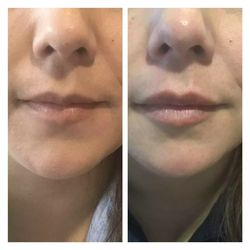 None
None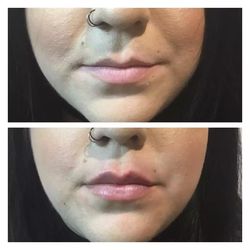 None
None None
None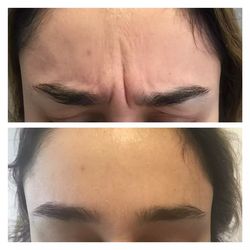 None
None None
None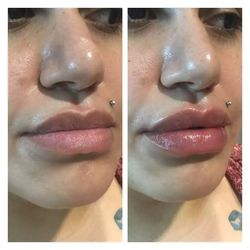 None
None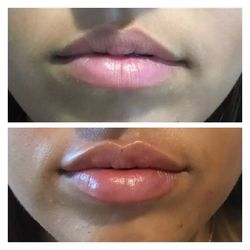 None
None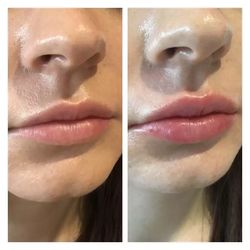 None
None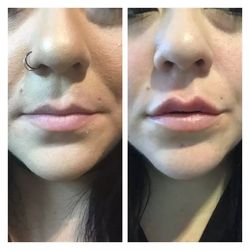 None
None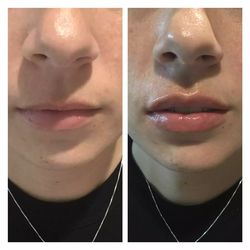 None
None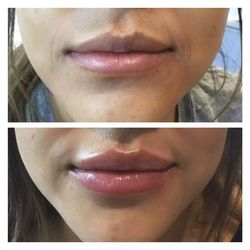 None
None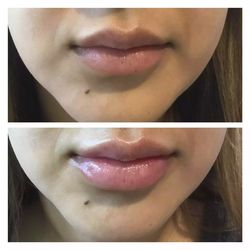 None
None None
None None
None None
None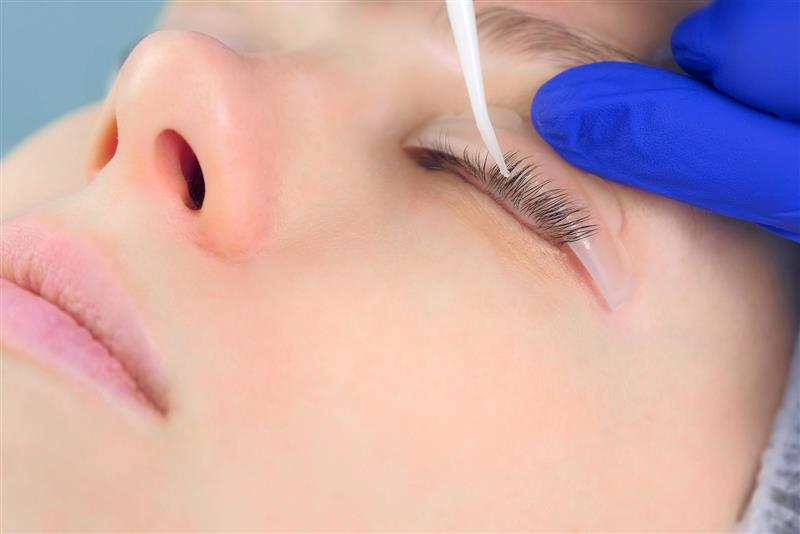

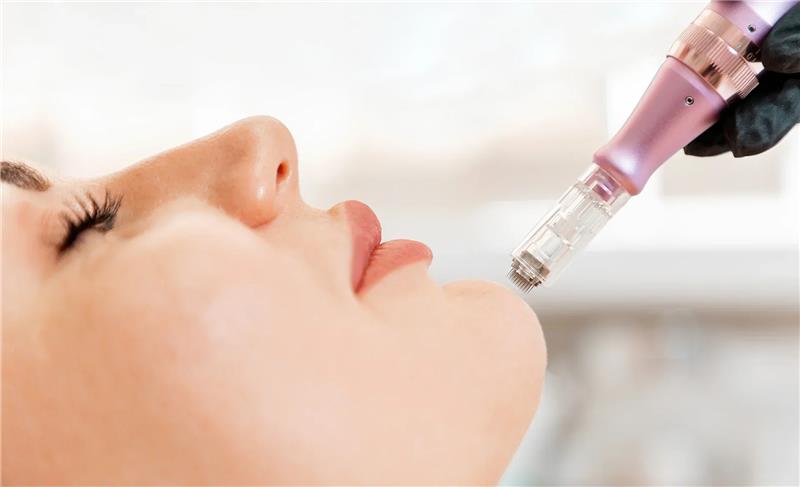

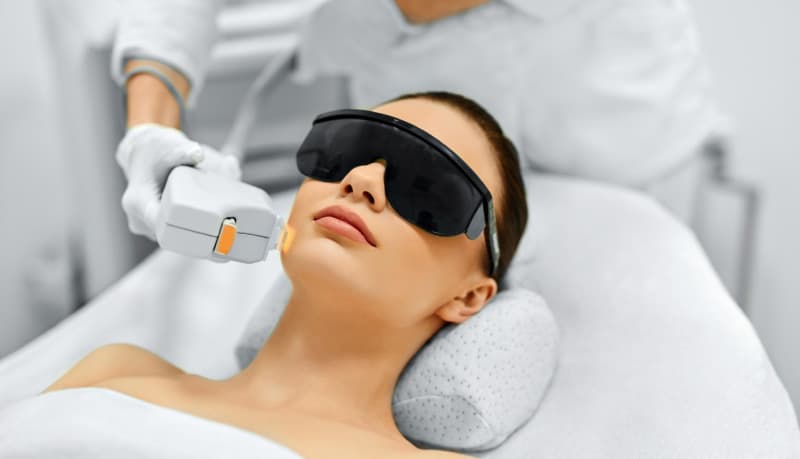


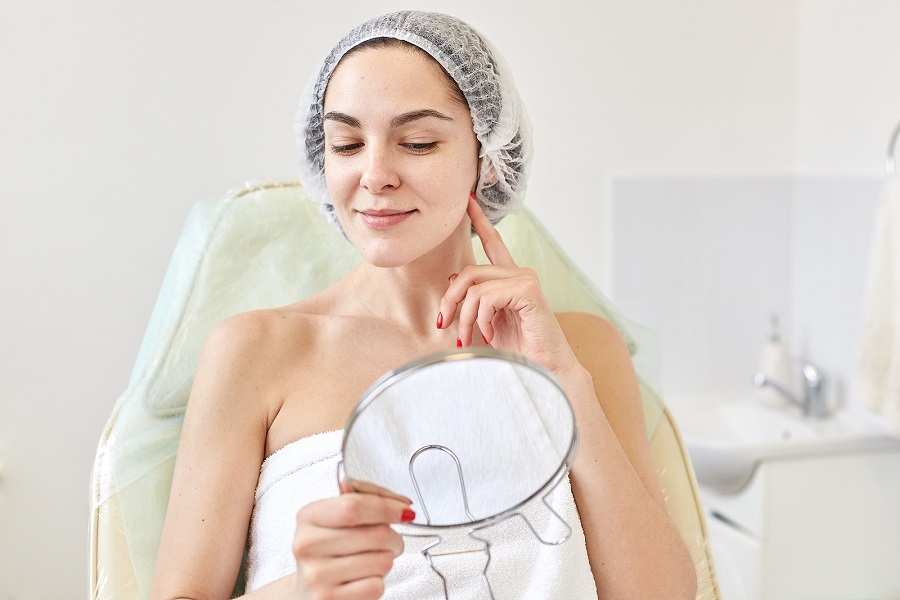





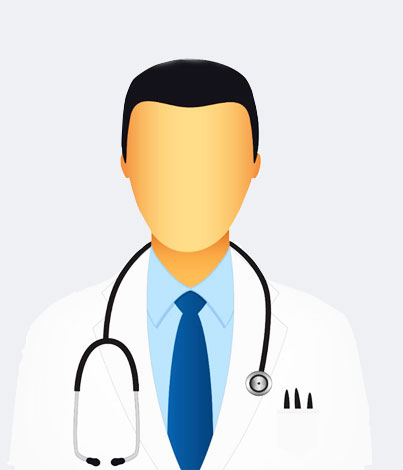
0 comments